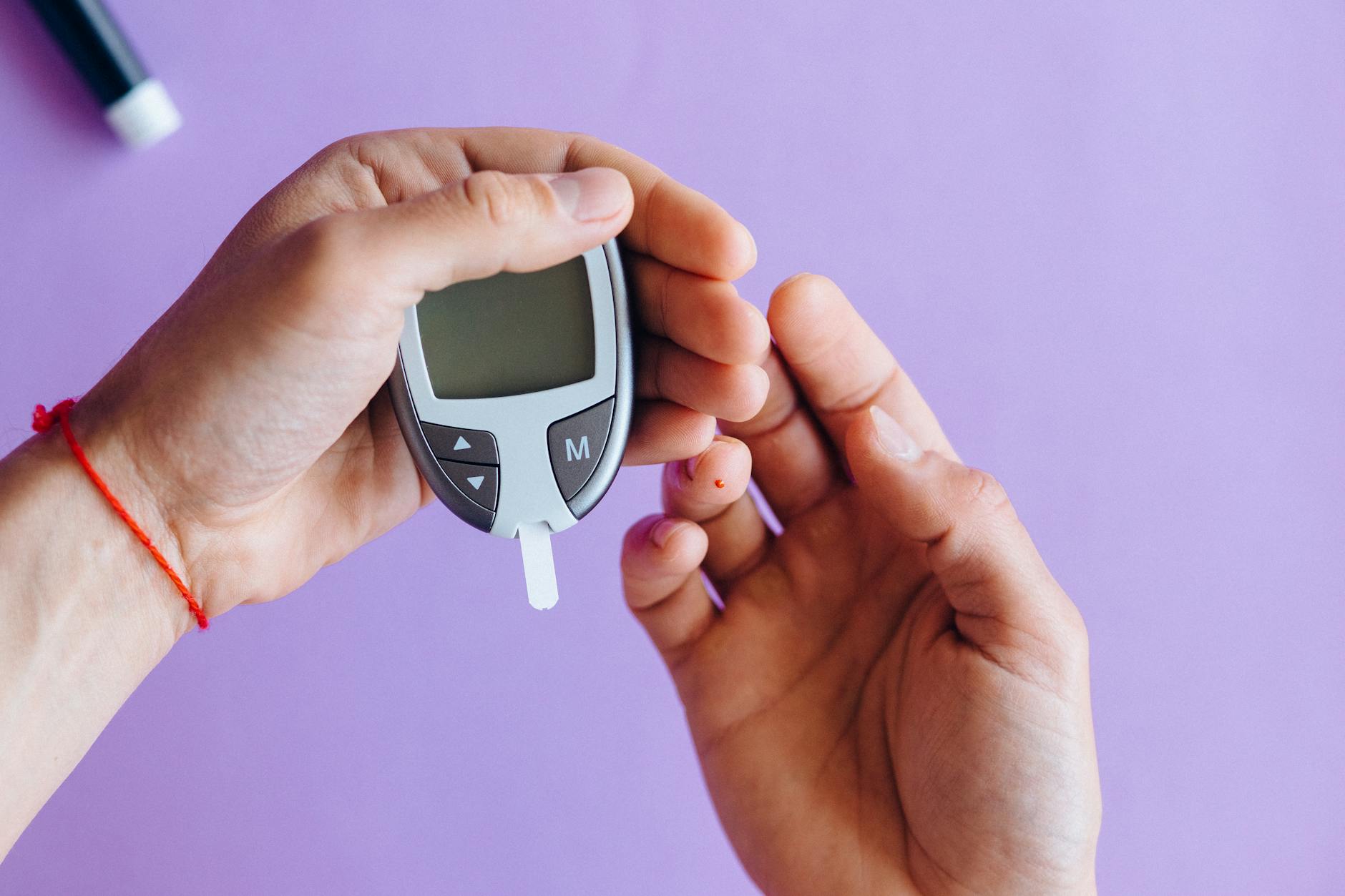
Blood Sugar Management: Raising Diabetes Awareness in the Workplace
Introduction
Diabetes is a prevalent health condition affecting millions worldwide, and its impact extends to the workplace. This article delves into the importance of diabetes awareness in the workplace, emphasizing the significance of blood sugar management, and provides practical insights for fostering a supportive and informed work environment.
Understanding Diabetes in the Workplace
- Prevalence of Diabetes
- Global Impact: Diabetes is a global health concern, affecting individuals of all ages and backgrounds.
- Workforce Statistics: A significant portion of the workforce may have diabetes or be at risk.
- Impact on Employees
- Health Challenges: Diabetes poses various health challenges, including fluctuations in blood sugar levels, fatigue, and increased risk of complications.
- Productivity Concerns: Unmanaged diabetes can lead to absenteeism, decreased productivity, and potential workplace accidents.
- Types of Diabetes
- Type 1 and Type 2: Understanding the differences between Type 1 and Type 2 diabetes is crucial for workplace awareness.
- Gestational Diabetes: Awareness of gestational diabetes is essential for supporting pregnant employees.
Promoting Blood Sugar Management in the Workplace
- Education and Awareness Programs
- Diabetes Workshops: Conduct workshops to educate employees about diabetes, its types, and the importance of blood sugar management.
- Symptom Recognition: Provide information on recognizing symptoms of high or low blood sugar levels.
- Encouraging Regular Check-ups
- Health Screenings: Encourage regular health screenings to identify diabetes risk factors early.
- Access to Healthcare: Ensure employees have access to healthcare resources for diabetes management.
- Workplace Policies and Accommodations
- Flexible Breaks: Implement flexible break policies to allow employees to manage blood sugar levels effectively.
- Accommodations: Provide necessary accommodations for employees with diabetes, such as access to healthy snacks or a designated area for insulin administration.
- Creating a Supportive Environment
- Reducing Stigma: Foster a workplace culture that reduces the stigma associated with diabetes.
- Employee Assistance Programs (EAP): Offer EAPs that include mental health support for employees managing diabetes.
Practical Tips for Blood Sugar Management at Work
- Regular Monitoring
- Blood Glucose Testing: Encourage employees with diabetes to monitor their blood glucose levels regularly.
- Continuous Glucose Monitoring (CGM): Explore options like CGM for real-time tracking.
- Healthy Eating Options
- Nutritional Guidance: Provide information on healthy eating options in the workplace.
- Accessible Snacks: Ensure the availability of nutritious snacks in common areas.
- Physical Activity Promotion
- Encouraging Movement: Promote regular physical activity to help manage blood sugar levels.
- Workplace Fitness Programs: Introduce workplace fitness programs accessible to all employees.
- Stress Management
- Stress Reduction Techniques: Educate employees on stress management techniques, as stress can impact blood sugar levels.
- Mental Health Resources: Offer resources for mental health support, including counseling services.
Employee Training and Emergency Preparedness
- Emergency Response Plans
- Employee Training: Train employees and designated personnel on responding to diabetes-related emergencies.
- Access to Emergency Supplies: Ensure easy access to emergency supplies, including glucose tablets and first aid kits.
- Inclusive Diabetes Policies
- Non-Discrimination Policies: Implement non-discrimination policies to protect employees with diabetes from any form of workplace bias.
- Confidentiality: Emphasize the importance of maintaining the confidentiality of employees’ health information.
Conclusion
Diabetes awareness in the workplace is essential for creating a supportive and informed environment. By promoting blood sugar management, providing education and resources, and fostering a culture of inclusivity, employers can positively impact the well-being of employees with diabetes. Recognizing the prevalence of diabetes and implementing practical measures not only supports individuals with the condition but contributes to a healthier and more compassionate workplace overall.
Safety Training Program Evaluation: Measuring Effectiveness and Impact
Psychosocial Risk Assessment in the Workplace: Addressing Mental Health Concerns
Root Cause Analysis (RCA): Identifying and Addressing Underlying Causes of Safety Incidents
Risk Assessment and Hazard Identification: A Key Responsibility for Safety Officers
Personal Protective Equipment (PPE): Selection, Usage, and Maintenance for Safety Officers
Frequently Asked Questions (FAQs)
- Why is diabetes awareness important in the workplace?
- Diabetes awareness in the workplace is crucial for understanding the impact of diabetes on employees’ health, productivity, and overall well-being.
- How can employers promote blood sugar management in the workplace?
- Employers can promote blood sugar management by conducting education programs, encouraging regular health check-ups, implementing workplace policies, and creating a supportive environment for employees with diabetes.
- What practical tips can help manage blood sugar at work?
- Practical tips include regular blood glucose monitoring, promoting healthy eating options, encouraging physical activity, and providing stress management resources.
- Why is employee training and emergency preparedness important for diabetes management at work?
- Employee training and emergency preparedness are vital to ensure a prompt and appropriate response to diabetes-related emergencies, creating a safe and supportive workplace environment for individuals with diabetes.
























